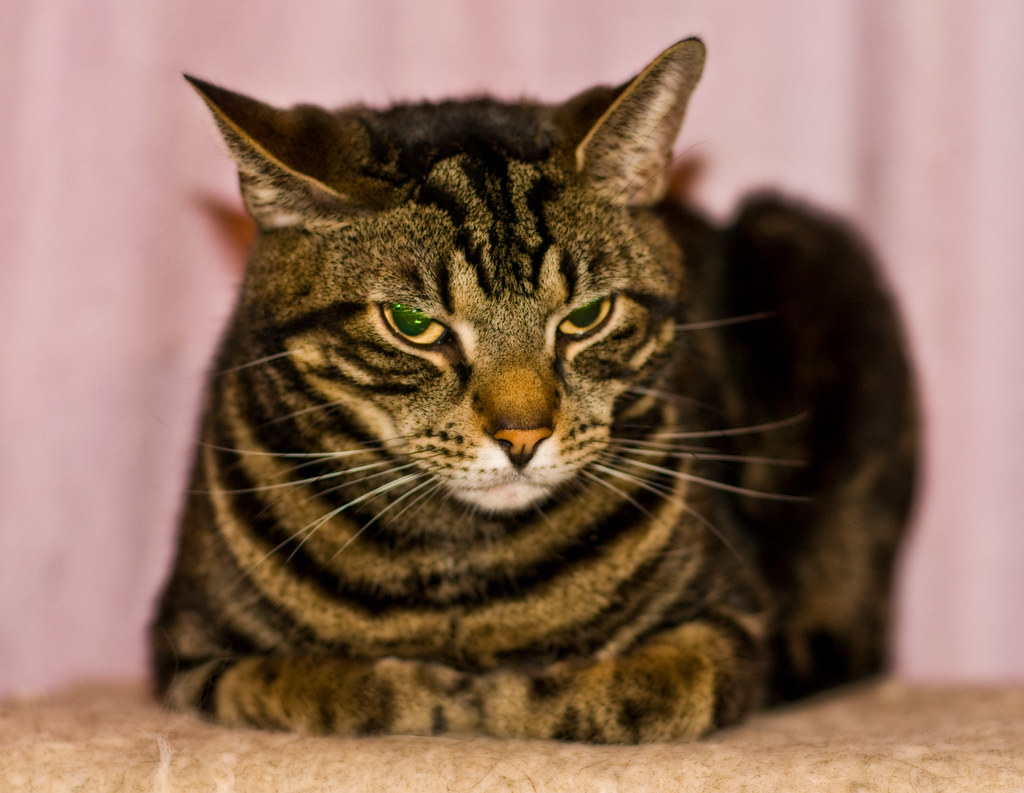
By the time you notice something’s off with your cat, it might have been happening for longer than you think. Watch for subtle changes in behavior and watch for other signs. Does anything seem weird? Get to know what’s typical for cats and what’s normal for your own furry friend. Here are 30 signs that your cat might be in pain.
Vomiting
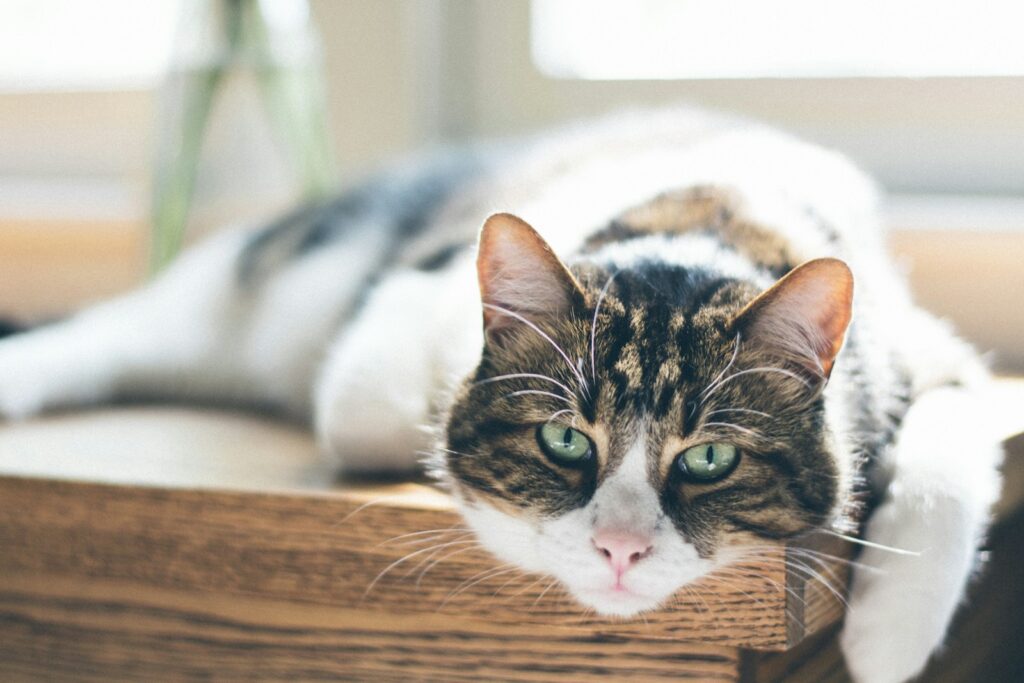
Your cat throwing up every now and then isn’t a big deal. In fact, almost any feline illness can lead to vomiting. But keep an eye on when and how often it happens to see if there’s a pattern. Whether your kitty vomits occasionally or more often, it’s a good idea to mention it to your vet since there can be various underlying causes.
Decreased Appetite
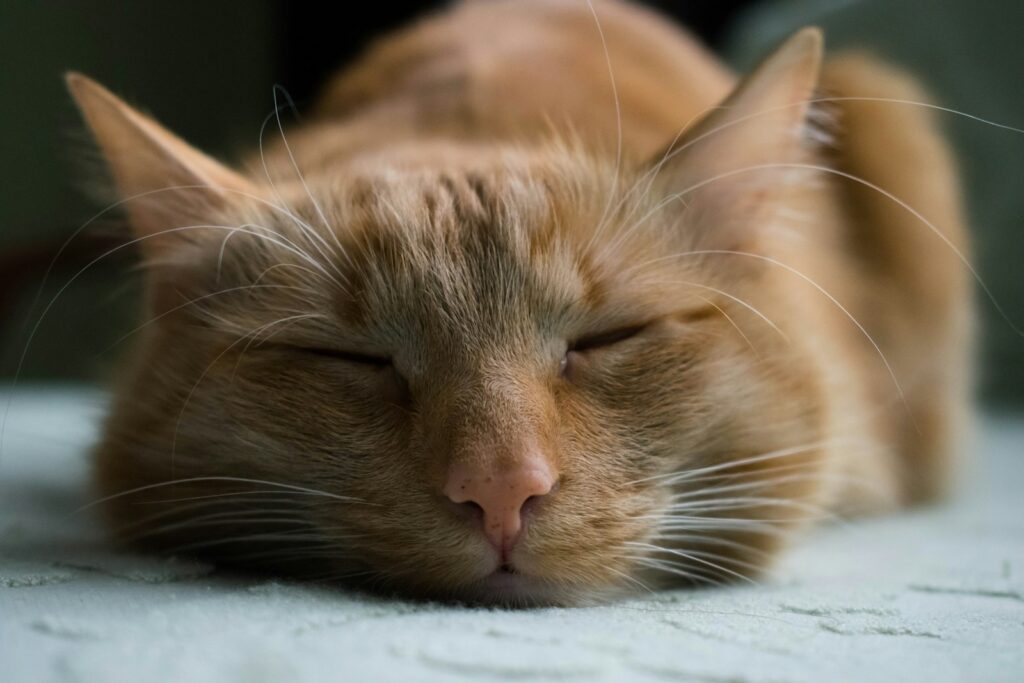
This can be normal for cats, but it definitely shouldn’t be overlooked. If your cat skips a meal here and there but otherwise eats fine, keep an eye out for any trends. If your cat stops eating completely or is just nibbling on tiny bits, it’s time to get your vet involved. Not eating for even a couple of days can lead to a very serious problem called fatty liver.
Loose Stool
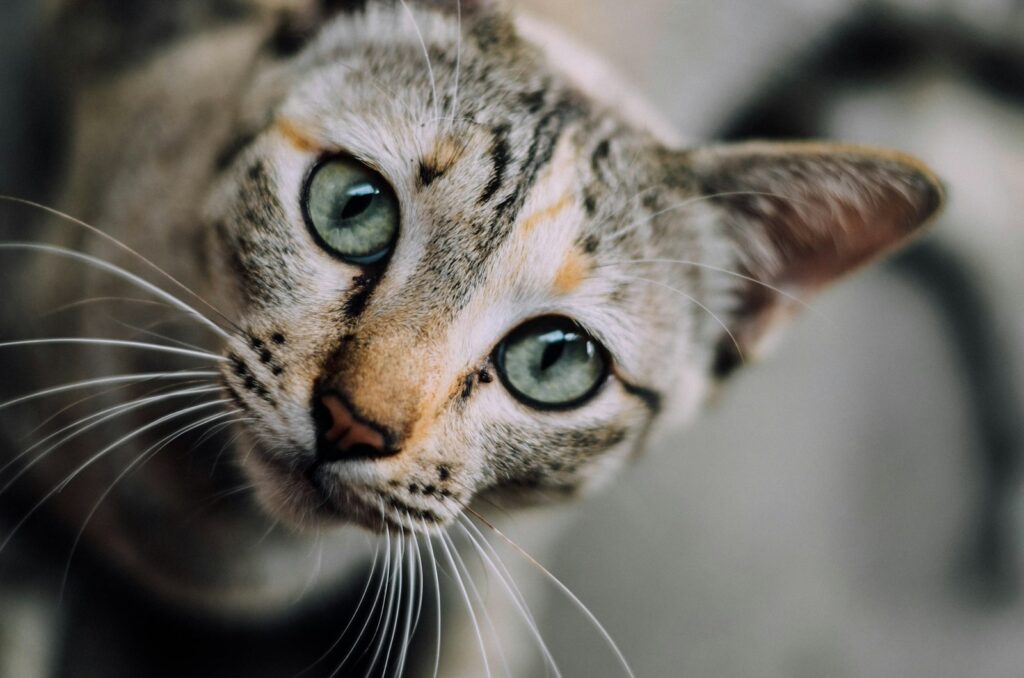
This could suggest dietary indiscretion, intestinal parasites, or a range of other issues. If left untreated, diarrhea can cause dehydration and further intestinal inflammation. It’s also very uncomfortable for your cat. Schedule a vet visit, and if possible, bring a stool sample (we know it’s not an ideal situation, but you must do it for your cat).
Fluctuations in Weight
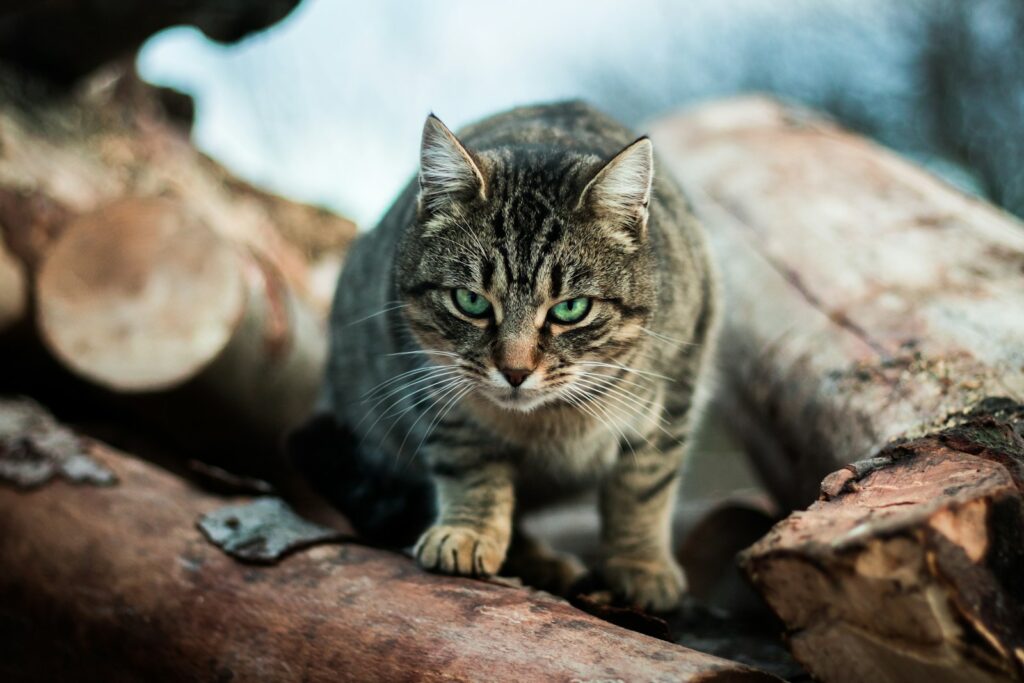
Weight changes in cats are always something to keep an eye on, whether they are gains or losses. Either could point to an underlying health issue. Weight loss is more of an immediate concern, while weight gain can do more harm over time. If you’re unsure about your cat’s weight, book a vet appointment for a check-up or even just a quick weight check.
Low Energy
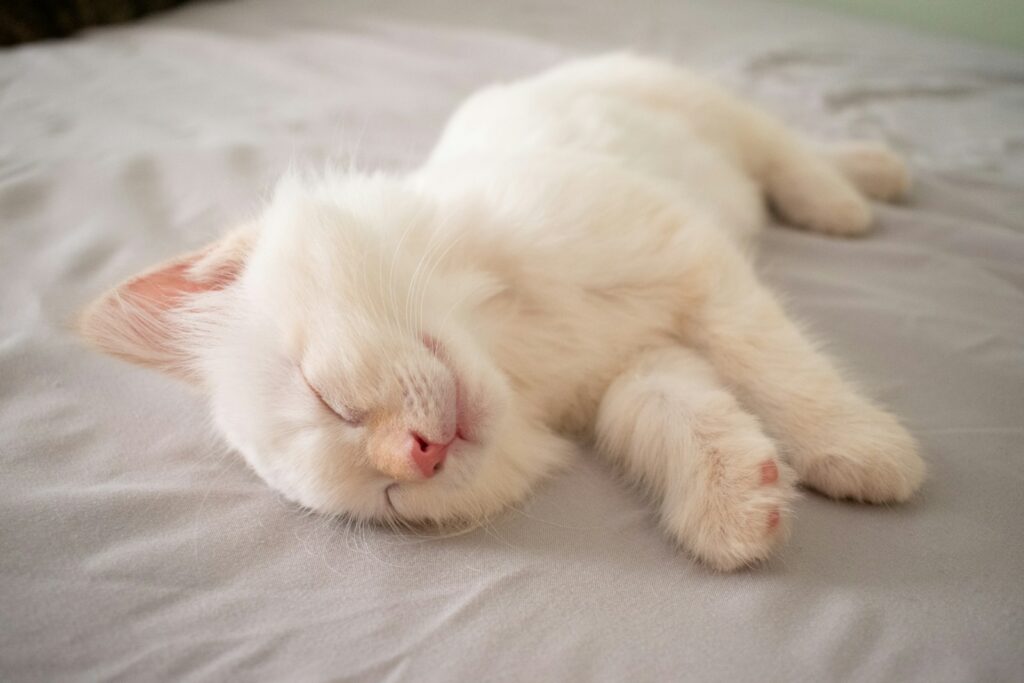
Is your cat not jumping as high as usual? Sleeping more than normal? A constantly tired feline is a big red flag, even if it’s subtle. Give your vet a call if your cat’s lounging around more than usual, sleeping a lot, or just seems low on energy. There’s probably something going on with her health.
Changes in Bathroom Habits
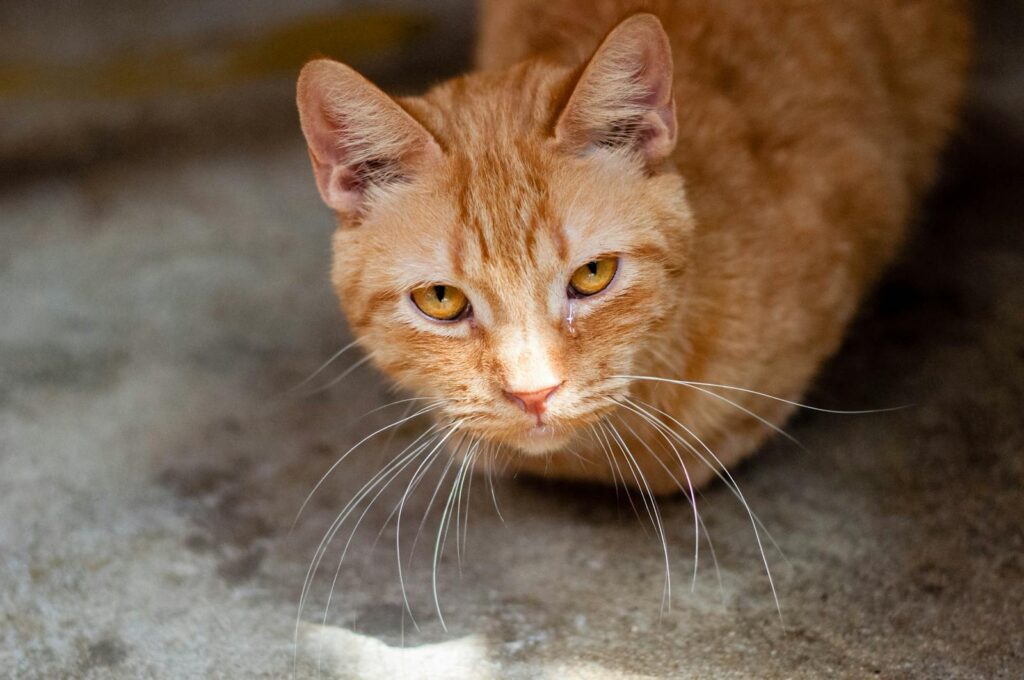
These are always something to take very seriously as they usually point to a urinary tract issue or kidney problem. Schedule a vet visit if you see changes in how often or how much your cat is peeing, blood in the urine, or accidents outside the litter box. It may be some sort of emergency if your cat is straining to pee and nothing’s coming out.
Excessive Thirst
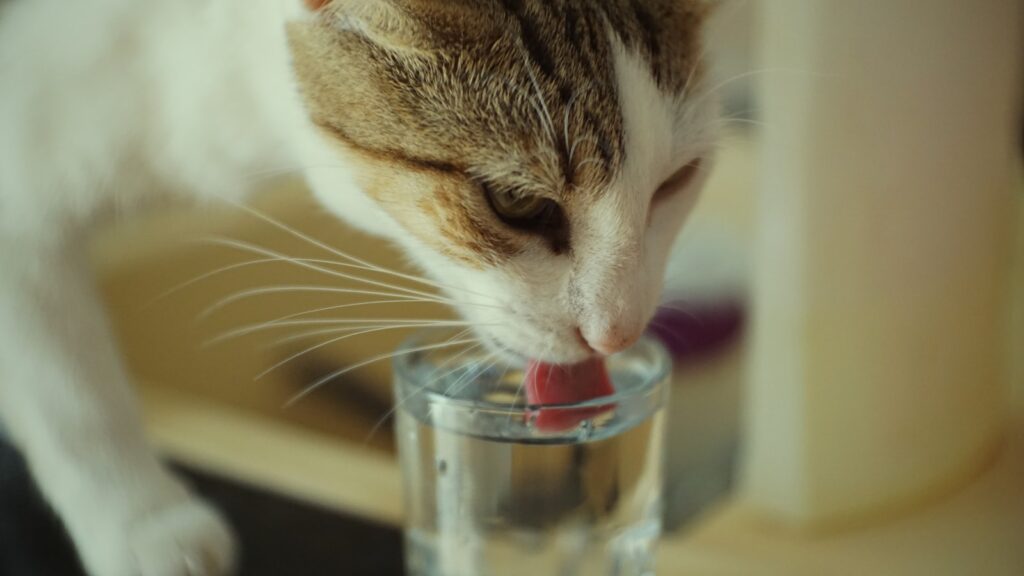
It can mean a lot of things in cats. Most often, it points to problems like kidney disease or diabetes mellitus. A lot of owners might not even see their cats drink water. So, if you start noticing your cat chilling by the water dish more than usual, it definitely means something. Get your pet to the vet as soon as you can.
Eye or Nose Discharge
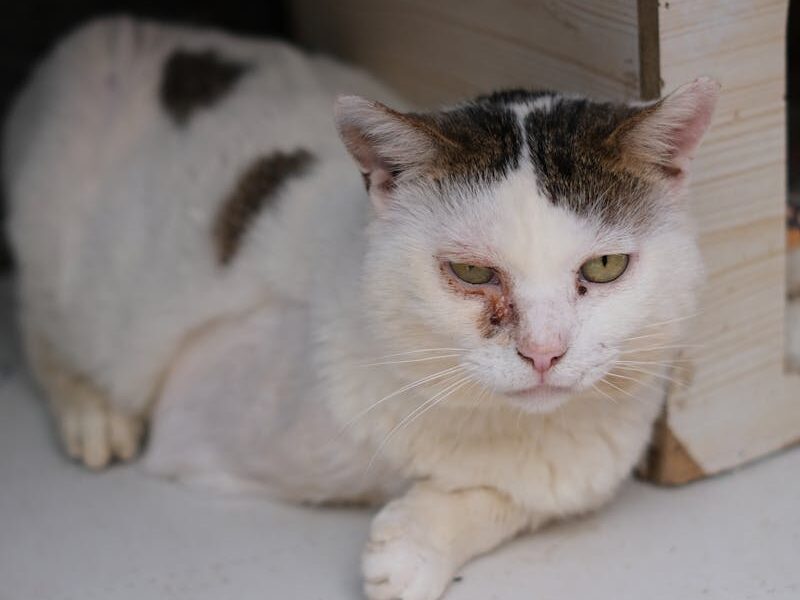
Your feline may have an upper respiratory infection. This can make her feel sick and stop eating, and it could spread to other cats in your home. We know this must be hard for you and your kitty, but keeping her separate from others can help. Your vet might recommend meds to help her recover faster.
Limping or Difficulty Jumping
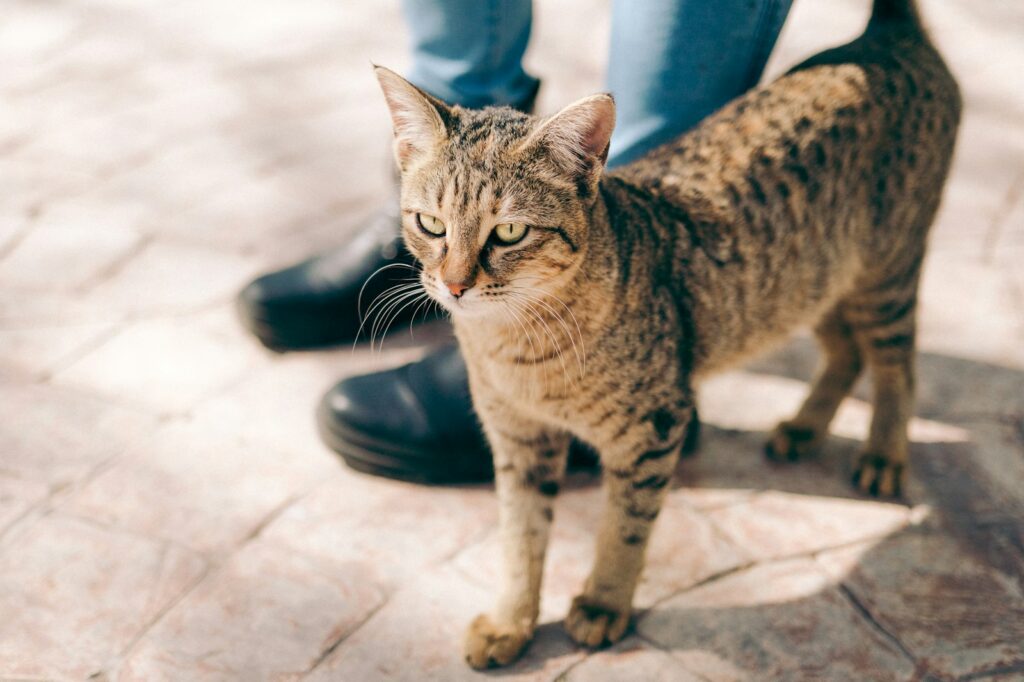
These are pretty clear signs that your cat might have an injury or a condition like arthritis. Don’t just assume your cat is pain-free because he’s still eating and acting normal. It’s a good idea to take him to the vet so they can check things out and make sure the injury or condition gets the right treatment.
Foul Breath
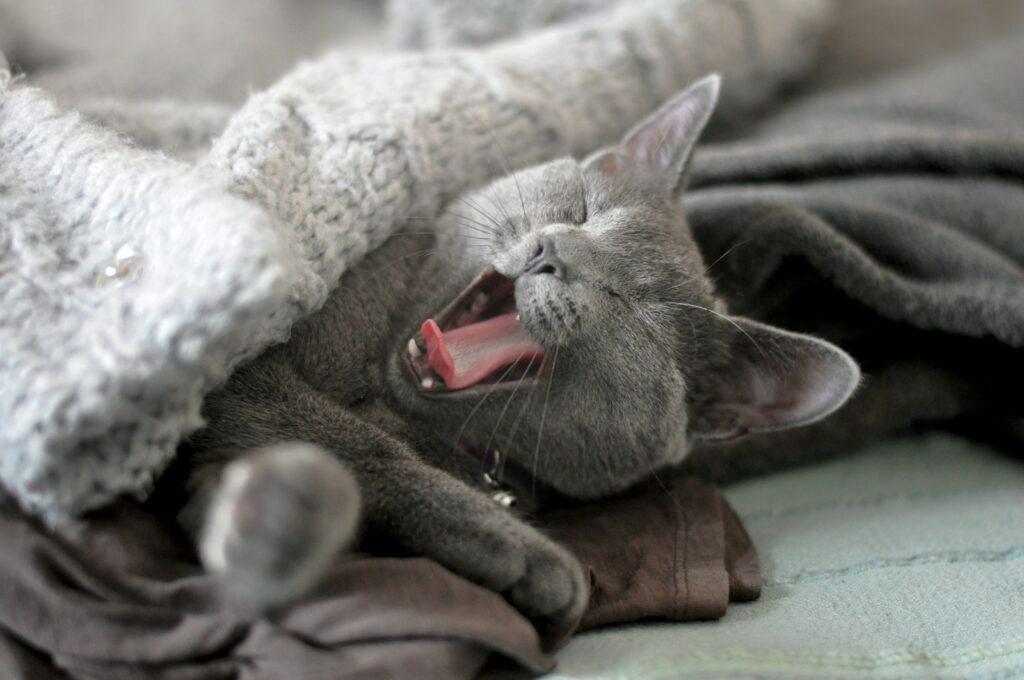
Mild bad breath might not be a huge deal, but it means your cat’s teeth need a check-up soon. Severe halitosis should be tackled right away. Also, watch out for excessive drooling from the mouth. If your kitty has an oral infection, it can expose her whole body to bacteria, which could lead to heart issues and problems with other organs.
Personality Changes
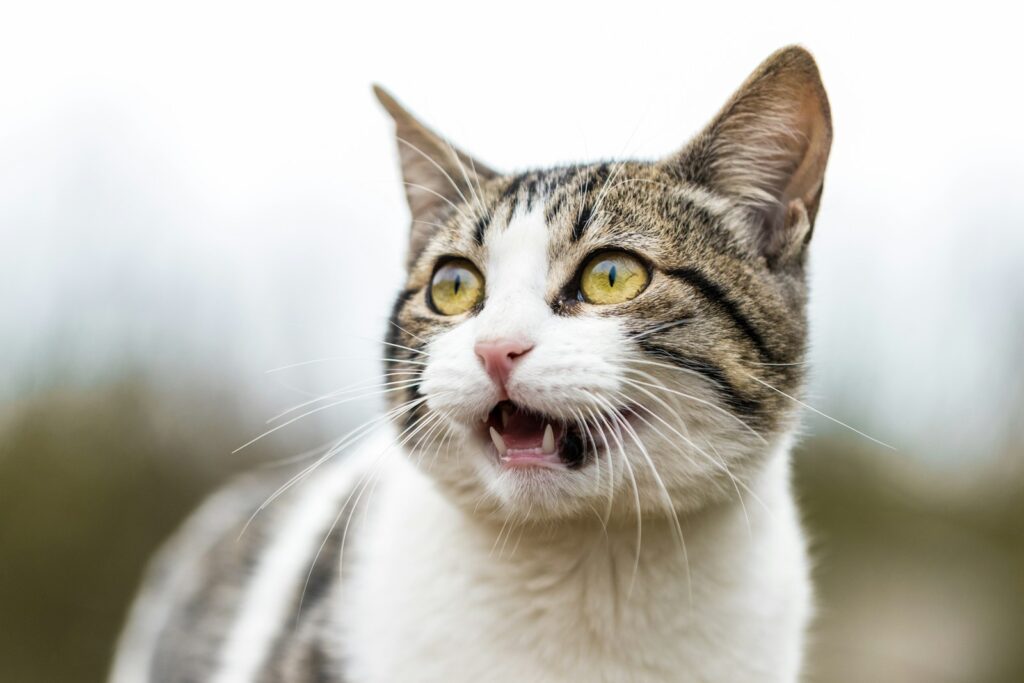
These behaviors can be pretty normal as your cat gets older and changes over time. But if your usually friendly cat starts acting aggressive, or your happy, confident kitty suddenly seems scared, it’s time to check in with your vet. If your cat looks confused or disoriented, that’s an even more urgent situation.
Increased Vocalization
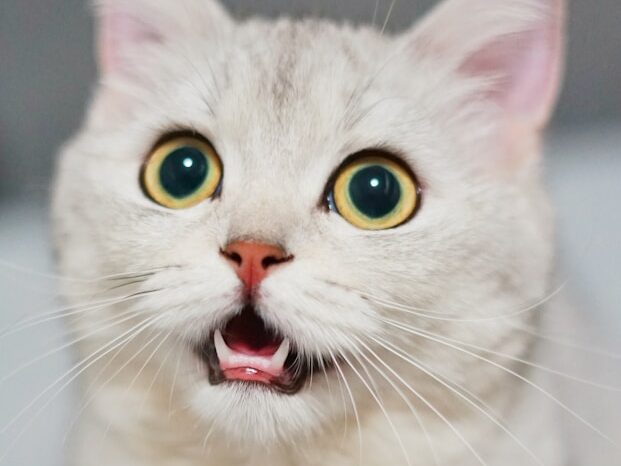
More meows or crying might mean your cat is sick, in pain, stressed, or just bored. It’s very important to rule out a health issue first before you dive into the behavioral side of this situation. Once you’ve done all of that, you can figure out if your kitty just needs a bit more attention or some extra playtime.
Overly Grooming
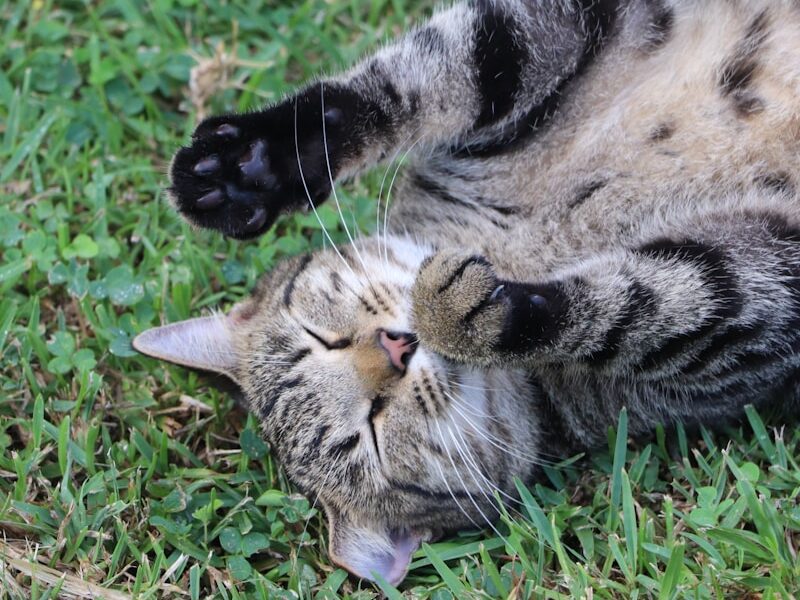
It might be a behavioral issue, but it could also mean that your cat has a skin problem, allergies, or is in a lot of pain. Cats often overgroom to soothe themselves when they’re feeling anxious or uncomfortable. If you notice your cat overgrooming, chat with a vet visit to get to the root of the problem.
Swelling
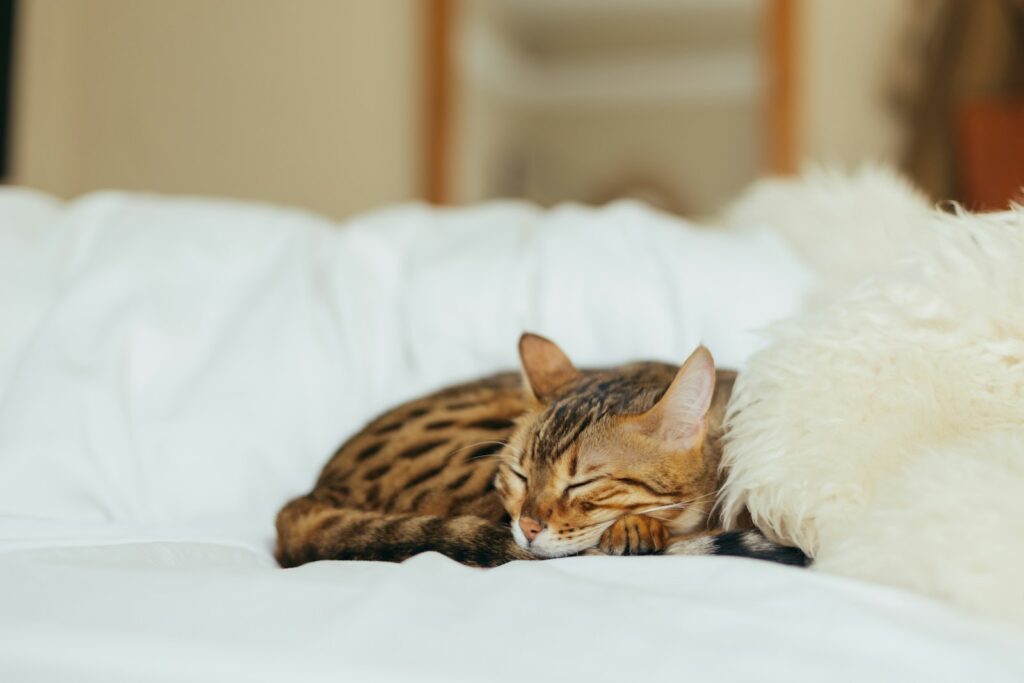
Don’t brush off swelling in any part of your cat’s body. It could be a wound that’s turned into an abscess or even something more serious like a tumor. Make sure to keep an eye on that swollen spot. If it’s painful, hot to the touch, or doesn’t get better in a day or two, you should definitely take your cat to the vet for a check-up
Tucked-In Belly
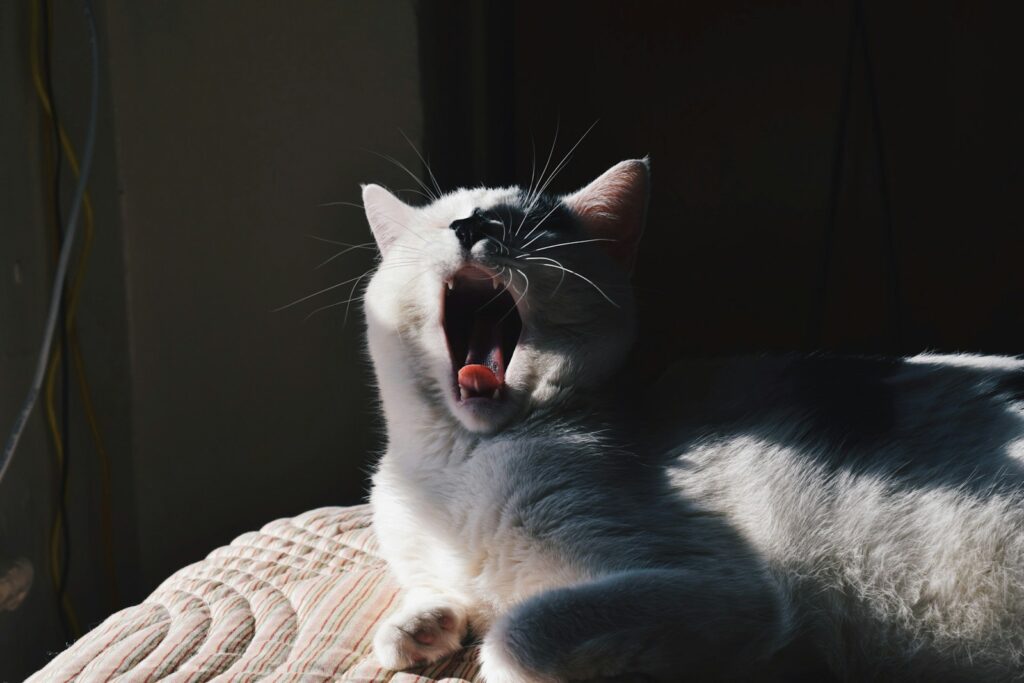
Cats might tuck their tummy if they’re dealing with abdominal or musculoskeletal pain. Tucking helps limit movement in that area, which protects their internal organs. It can also ease the strain on those sore muscles, joints, or bones. You should definitely keep an eye out for all the signs that show how your furball is feeling!
Unusual Posture
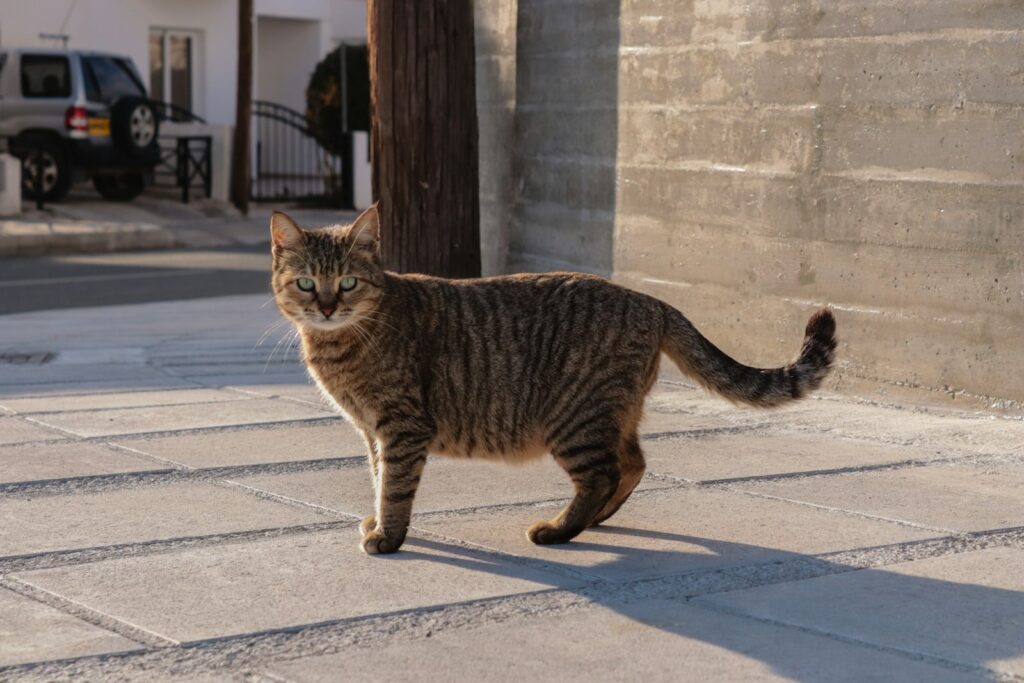
If your cat is sitting or lying down in a way that looks abnormal, like being hunched over, arching their back, or keeping their legs tucked tightly under their body, it could mean they’re in pain. This posture often indicates abdominal discomfort, joint pain, or musculoskeletal issues. If the posture persists, it’s worth taking them to the vet for an evaluation.
Reluctance to Be Touched
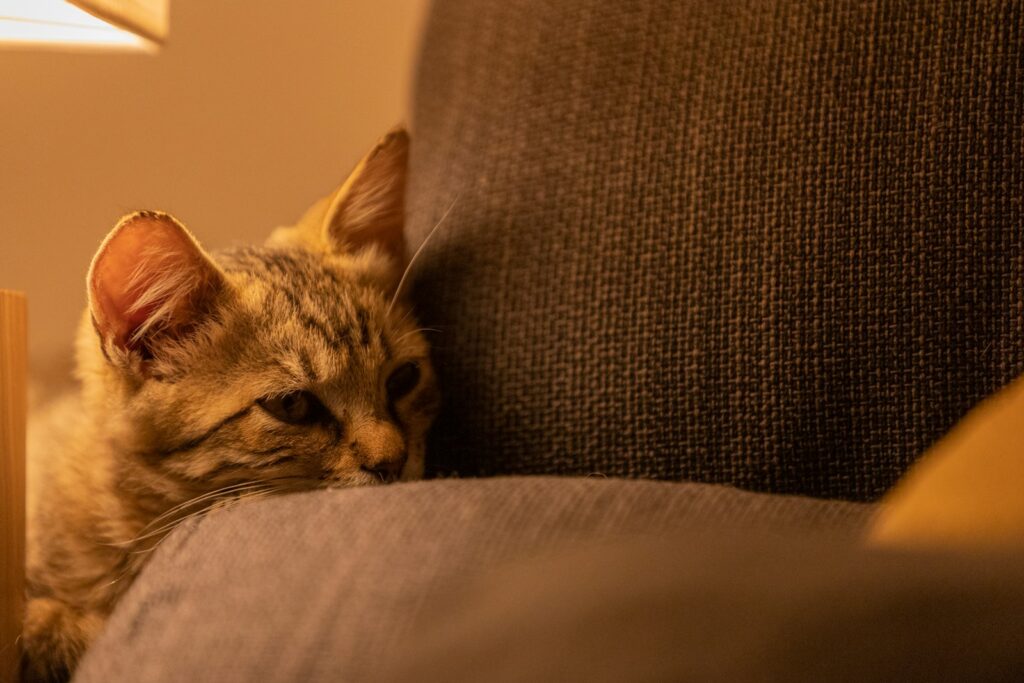
Cats in pain often avoid being touched, especially in areas where they’re sore. A cat that once loved belly rubs or being picked up might hiss, swat, or growl if you try to handle them. This behavior is their way of protecting themselves from additional discomfort, and it’s important to pay attention to what areas they’re guarding.
Changes in Grooming
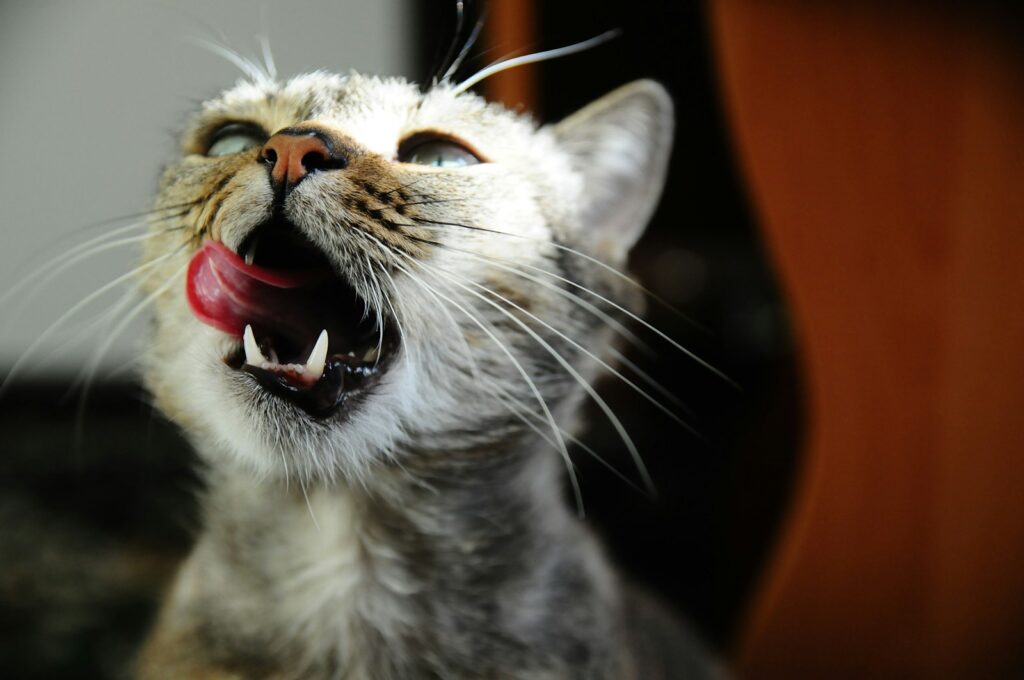
Pain can either reduce a cat’s ability to groom or make them obsessively lick a specific area. Cats with arthritis may avoid grooming altogether because it hurts to bend and twist. On the other hand, cats with skin issues or internal discomfort may overgroom, leading to bald patches or irritated skin. Both behaviors are a call for veterinary attention.
Hiding More Than Usual
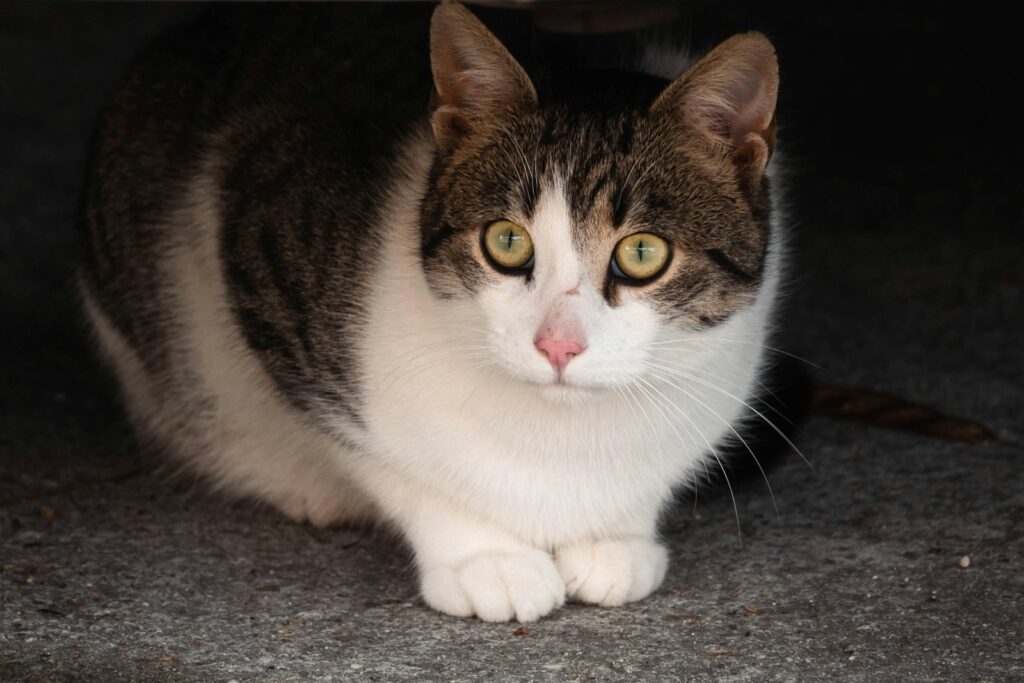
While cats naturally enjoy a bit of solitude, excessive hiding is a strong indicator of pain or illness. If your cat is spending all their time under the bed, in a closet, or in another secluded spot, they may be trying to avoid stress or stimuli that worsen their pain. This behavior is particularly concerning if it’s accompanied by other signs like lethargy or lack of appetite.
Panting or Open-Mouth Breathing
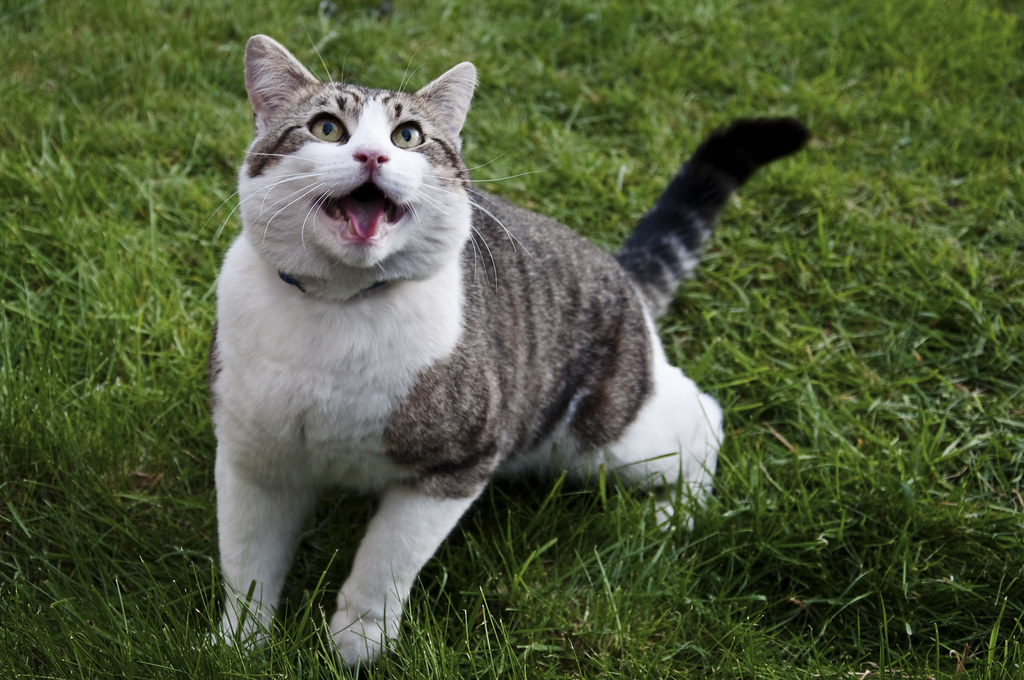
Cats rarely pant unless they’re overheated, stressed, or in severe pain. Open-mouth breathing or panting without obvious cause, like heavy play, could signal respiratory distress, heart problems, or significant discomfort. If your cat is panting and seems lethargic or distressed, it’s a veterinary emergency.
Ears Flattened Backward
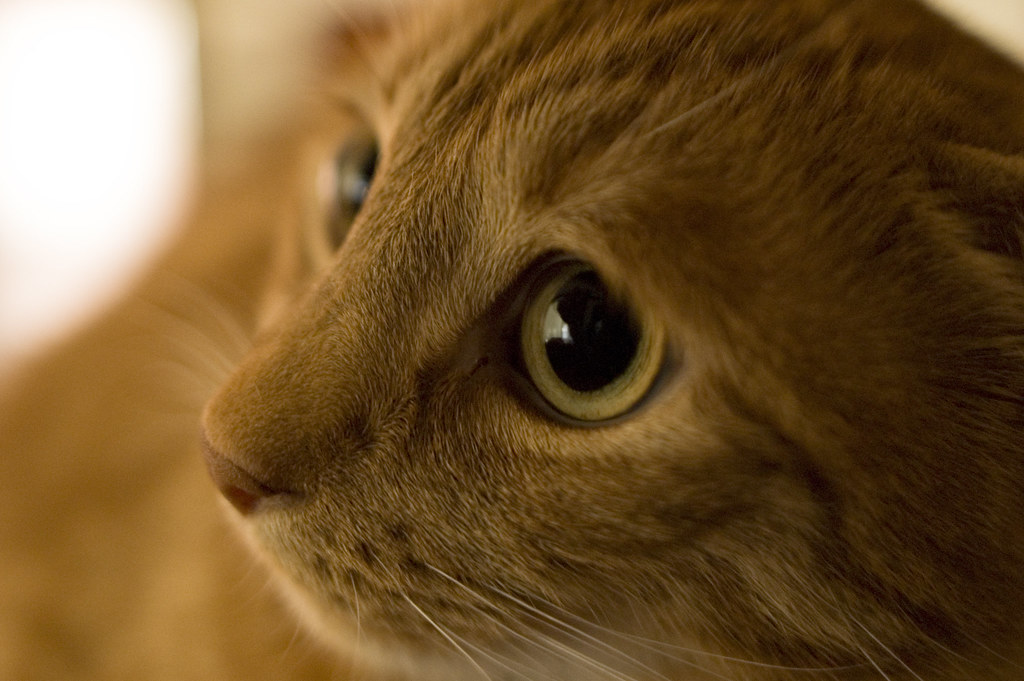
Flattened ears can be a clear sign that your cat is uncomfortable or in pain. This behavior often accompanies other signs of distress, like a tucked tail or defensive posture. Watch for flattened ears combined with vocalizations, as this may indicate they’re trying to communicate discomfort or fear.
Pacing or Restlessness
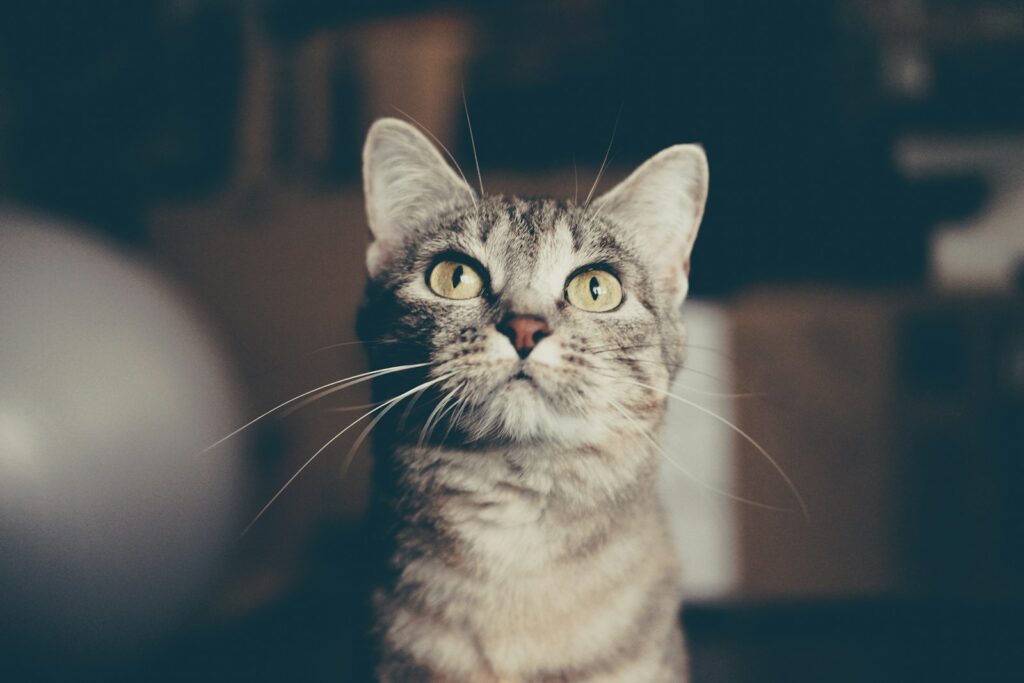
Painful cats may find it hard to settle down. They might pace back and forth or continuously shift positions, unable to find a comfortable spot. This behavior is common in cats experiencing internal pain, such as gastrointestinal discomfort, or those with joint or muscle issues. Persistent pacing should not be ignored, especially if it disrupts their usual sleep patterns.
Drooping Tail
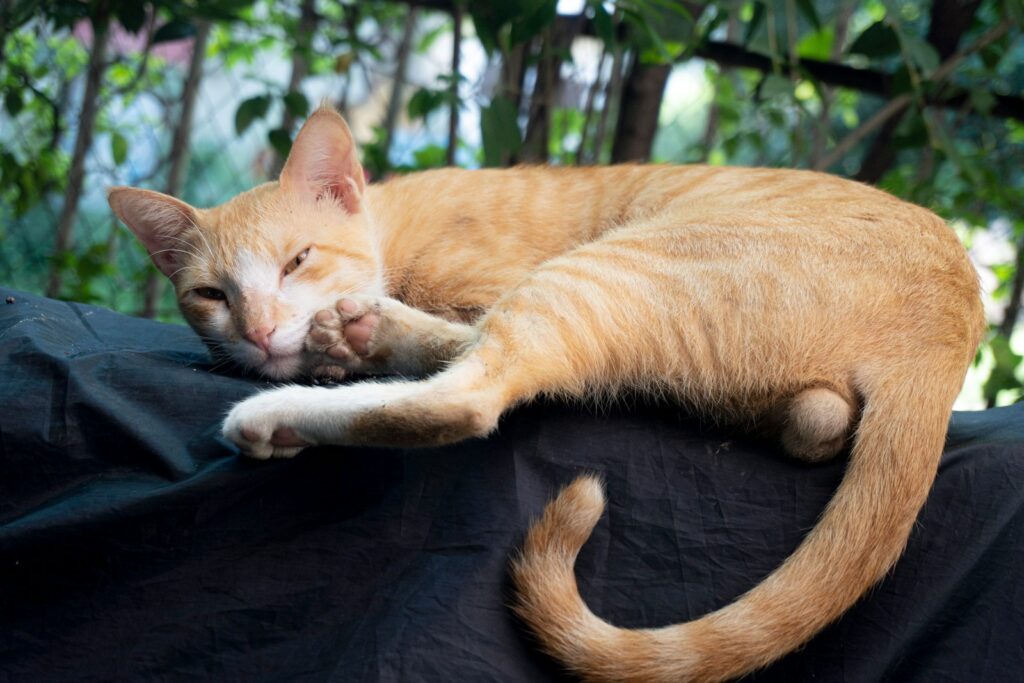
A limp or unusually positioned tail might point to pain or injury, such as a sprain, fracture, or nerve damage. Cats with tail injuries may avoid wagging or lifting their tail and might even meow or growl when the area is touched. Since the tail is an extension of the spine, a drooping tail can also indicate back or nerve problems.
Squinting or Closing One Eye
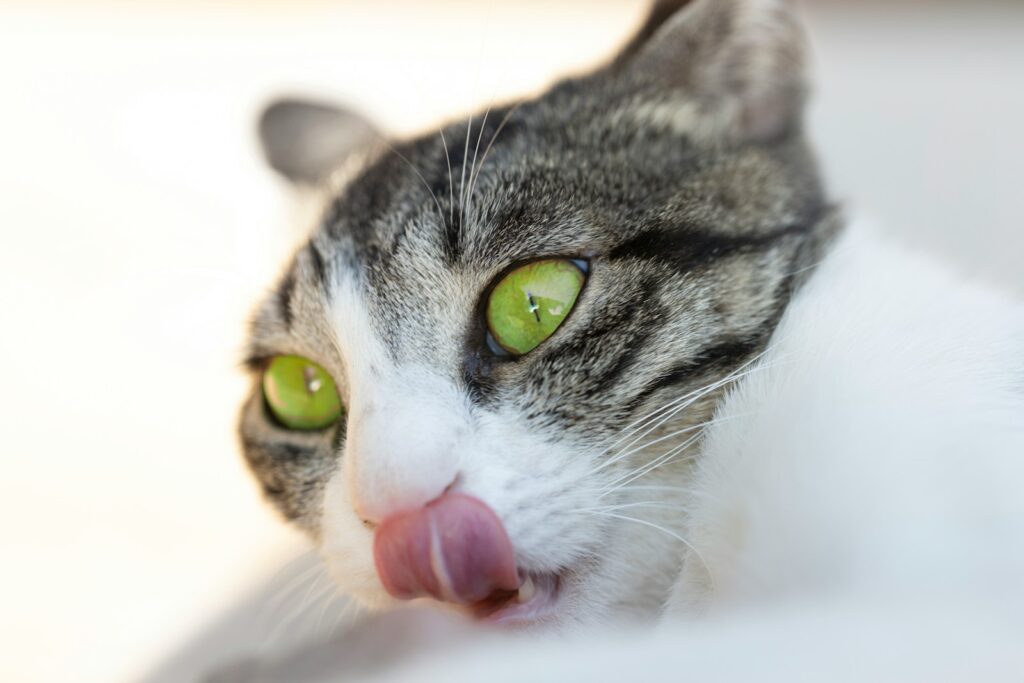
Cats often close or squint one eye when experiencing irritation, pain, or an infection. This could result from a scratched cornea, glaucoma, or a systemic issue causing facial discomfort. If the squinting is paired with discharge, redness, or swelling, it’s critical to have your vet examine them as soon as possible. Eye problems can worsen quickly without treatment.
Loss of Interest in Toys or Play
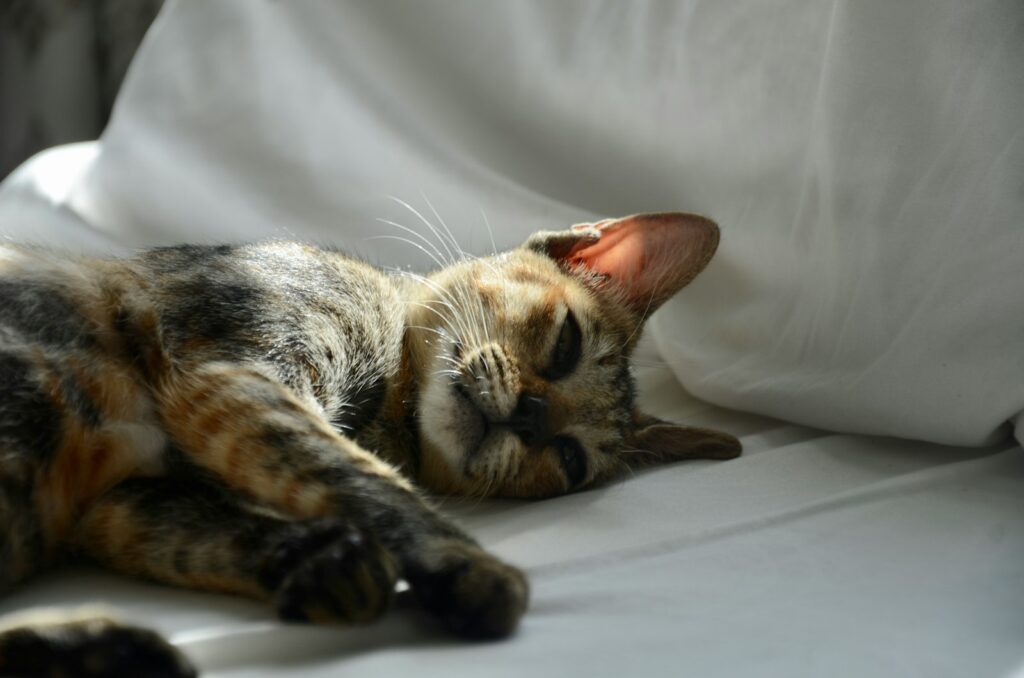
A once-active cat that suddenly loses interest in chasing toys, climbing, or engaging in their usual playtime routines may be in pain. Physical discomfort from conditions like arthritis, dental pain, or injury can make movement less enjoyable. Behavioral changes like this are often early indicators of an underlying issue.
Slow or Stiff Movements
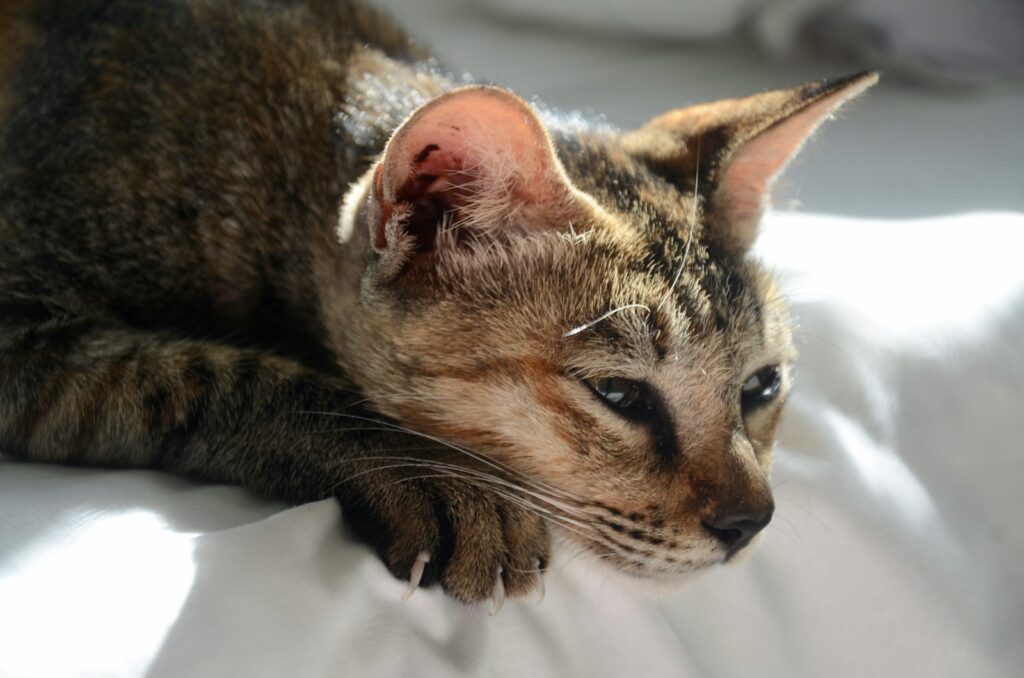
If your cat seems reluctant to jump onto furniture, climb stairs, or stretch, they might be dealing with stiffness or joint pain. This is particularly common in senior cats, who are prone to arthritis. Watch for signs like hesitation before jumping or difficulty standing up after lying down, as these indicate chronic pain that requires attention.
Frequent Sneezing or Coughing
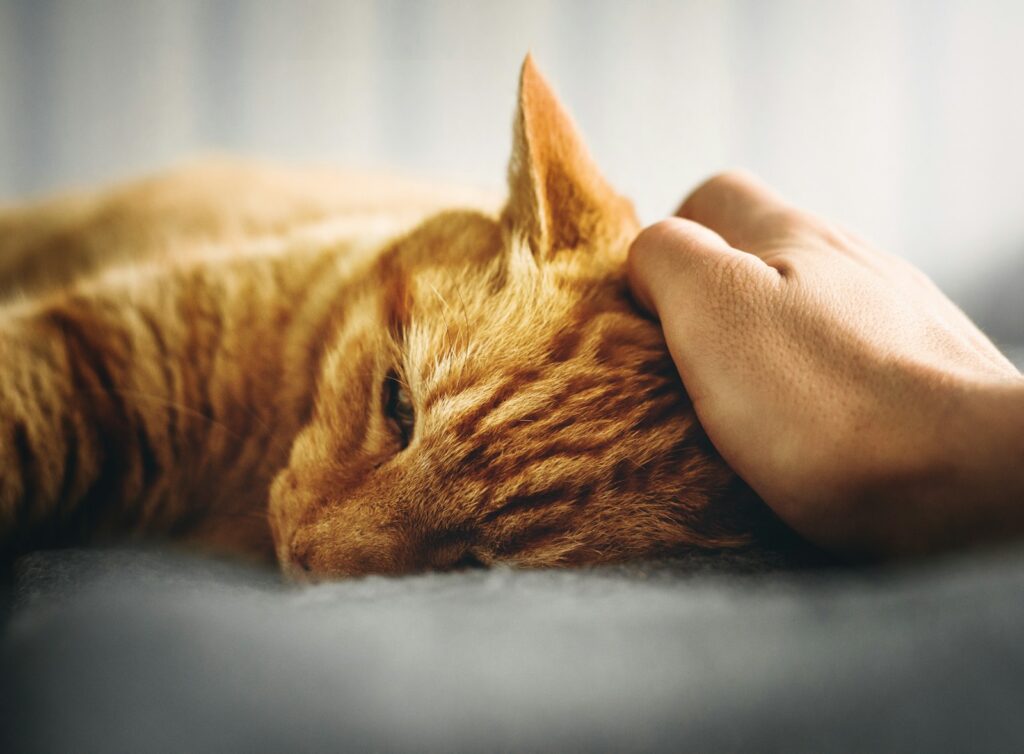
While an occasional sneeze is normal, frequent sneezing or coughing could indicate respiratory problems, allergies, or even dental pain. Sneezing accompanied by nasal discharge, wheezing, or lethargy might signal an upper respiratory infection. If your cat is coughing frequently, it could also point to asthma, heart disease, or lung issues, all of which require prompt veterinary care.
Excessive Yawning
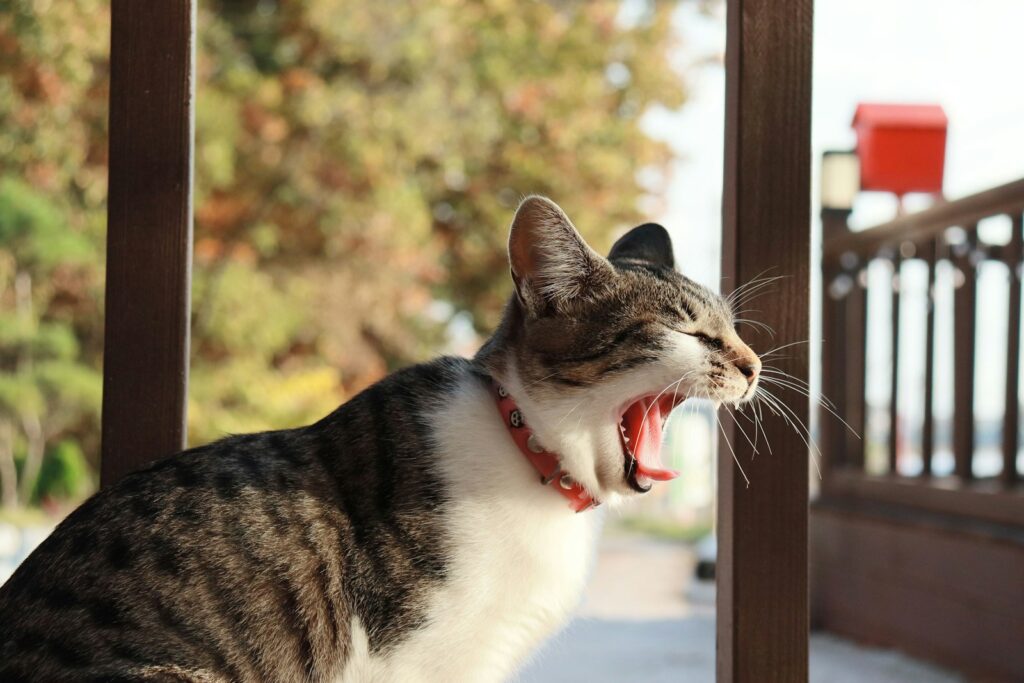
Yawning more often than usual might seem harmless, but it can indicate jaw pain, dental issues, or stress. Cats with oral discomfort may yawn frequently because it eases tension in their jaw or throat. If the yawning is paired with drooling, pawing at the mouth, or difficulty eating, there’s likely a problem that needs to be addressed.
Clinginess or Neediness
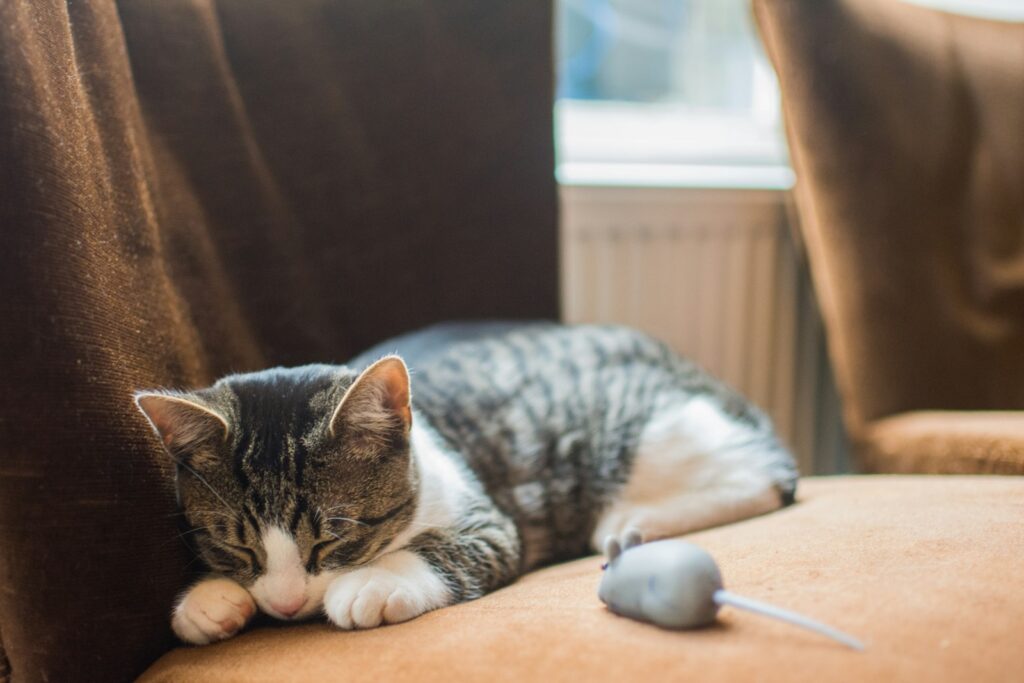
Pain can make some cats act more affectionate than usual. They may seek comfort by staying close to you, meowing frequently for attention, or climbing onto your lap more often. While this behavior can be endearing, it’s important to recognize it as a potential sign of discomfort, especially if it’s out of character for your cat.
Unusual Vocalizations at Night
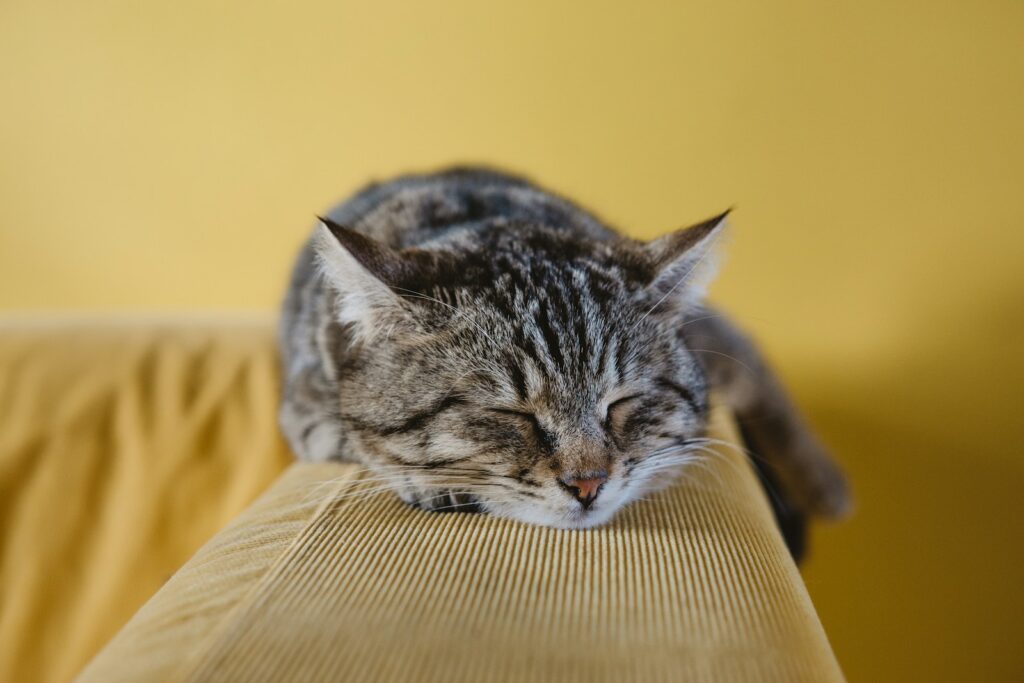
If your cat starts yowling, crying, or meowing loudly during the night, it could be a sign of pain or illness. This is particularly common in older cats with arthritis, cognitive decline, or urinary problems. Nighttime vocalizations might also indicate anxiety caused by discomfort. Pay attention to other symptoms and consult your vet to determine the cause.
